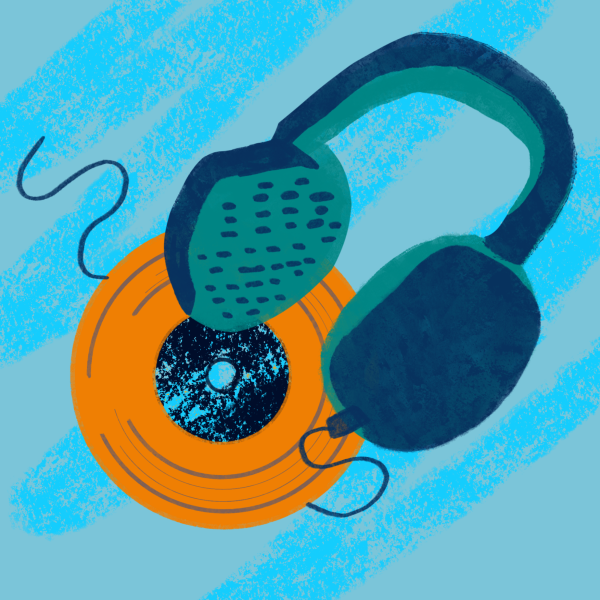Networking in times of crisis
January 21, 2010
For college students, our use of Facebook, Twitter and YouTube are merely extensions of our social lives. However, social networking has taken on a new meaning in how the world responds to crisis situations. Far from just simple social tools, the ability to Facebook, Tweet and post videos online has been key to ensuring that the world learns and does something about dire global situations.
Take last summer. The leftist movement in Iran, led by masses of college students and more liberal-leaning Muslims, was harshly suppressed by its own government. There were beatings of peaceful protestors in the streets, which just led to more violence from both sides. The government of Iran banned all non-state media from covering the large-scale protests.
So what did left-wing agitators do in response to spread their message? They Tweeted about it. And they posted camera phone videos, showing graphic beatings and mid-street gunfights. This kind of homespun media supplanted CNN as the method the world used to understand the conflict.
The U.S. State Department, recognizing the power Twitter had to influence the situation in Iran, asked Twitter’s administrators to delay their scheduled maintenance and site shutdown for a few days. Twitter agreed. The bad press hurt the Iranian government. As a Time magazine article pointed out, “Totalitarian governments rule by brute force, and because they control the consensus worldview of those they rule. Tyranny, in other words, is a monologue. But as long as Twitter is up and running, there’s no such thing.”
The recent earthquake in Haiti, which has killed more than 70,000 and left three million without their basic needs provided for, has shown how technology can be used to assist in relief missions. As it was reporting the story, the New York Times set up a missing persons hotline, where Haitians could submit photos or written accounts of missing loved ones. So far, 15 people have been located.
Facebook was well-utilized as well. I joined a group immediately after the quake that promised to donate $10 for every member in the group. Group membership stands around 300,000. And the International Red Cross raised more than $22 million through text message donations alone. You too can text the word “Haiti” to 90999, and $10 will be added to your phone bill at the end of the month.
And in the ultimate example of how technology has changed how people deal with crisis situations, check out this story: Documentary filmmaker Dan Woolley was shooting a movie when the earthquake struck. Buried under many pounds of rubble and injured, Woolley turned to the First Aid app on his iPhone that helped him find his way out of the rubble and treat his own wounds, which included a bleeding head.
Technology can be over-consuming, distracting us from what is really important in life. Even as I write this, my mind flickers to my Facebook page and what possible comments people have written. But in the hell that is Haiti, and for emergency situations to come (knock on wood), the technologies of the 21st century are vital for uncovering the truth, or even for uncovering a person in a perilous situation.
Social networking platforms, YouTube and text messages may be the best means of relief in a situation of crisis.
Christopher Hook is a junior international relations and French major. Contact him at [email protected].






















